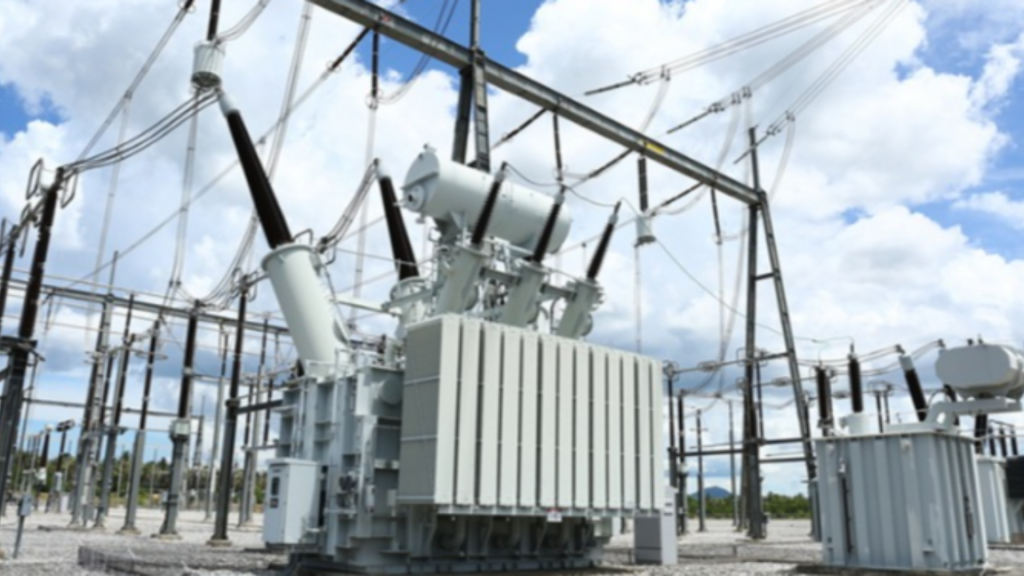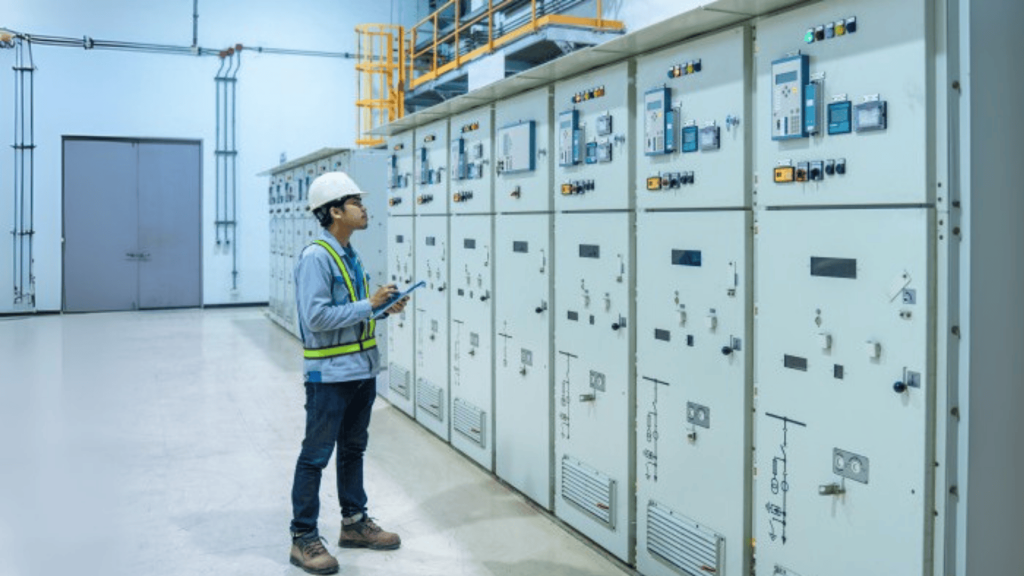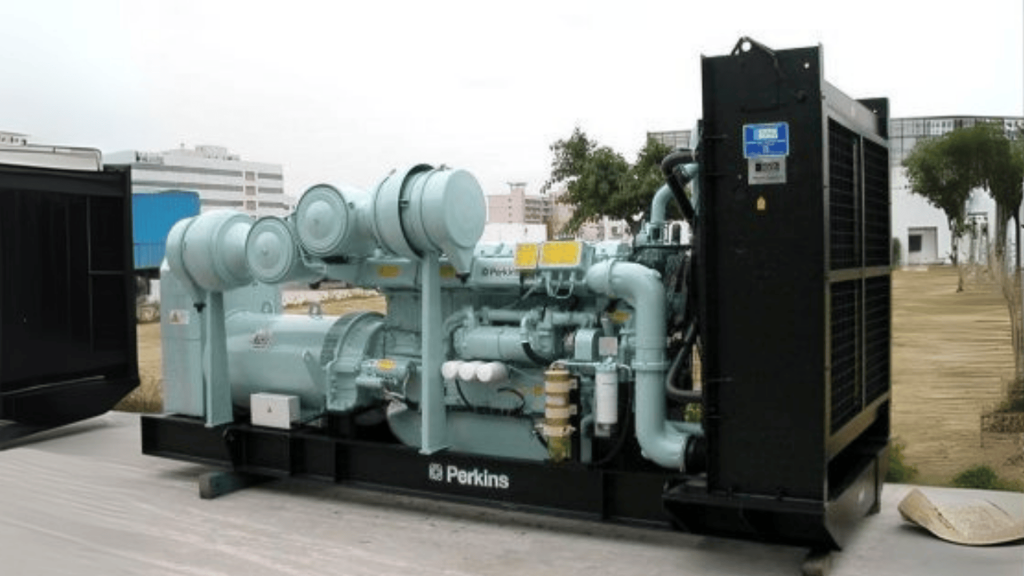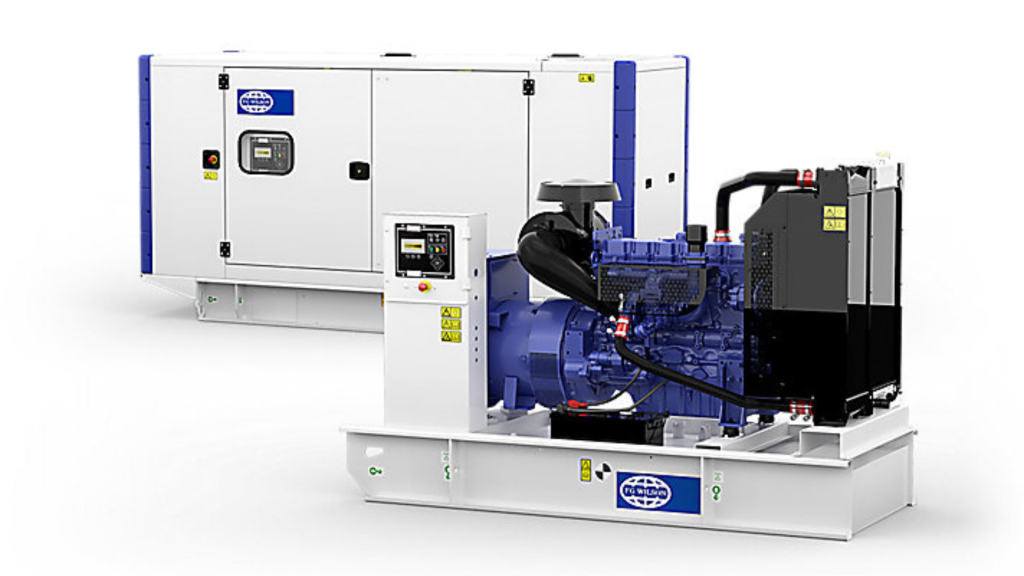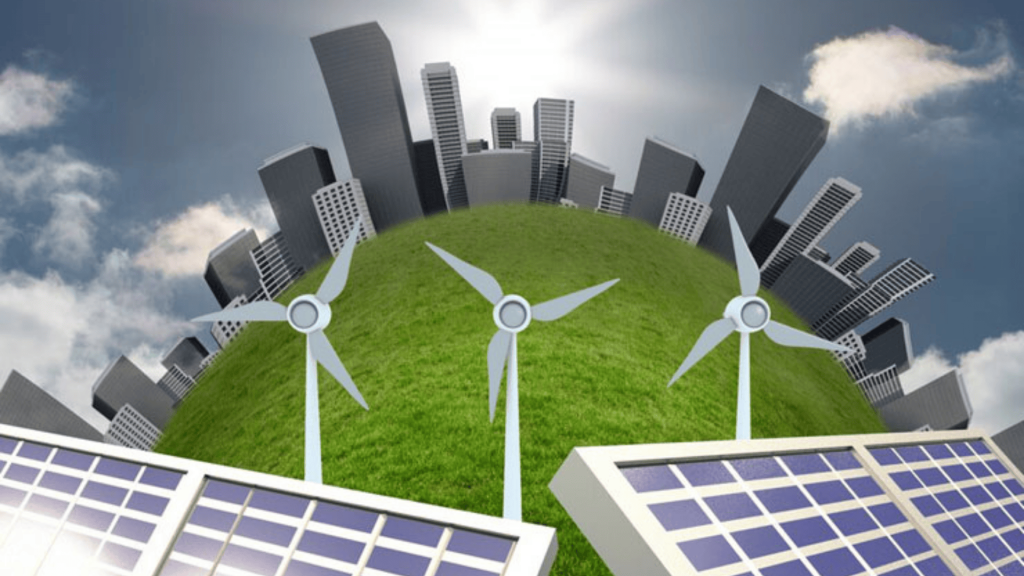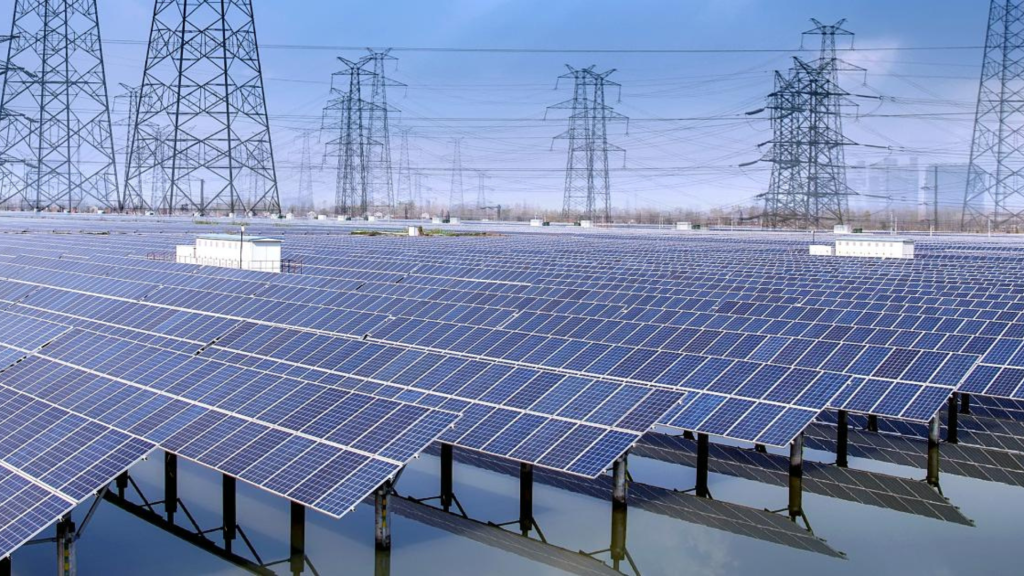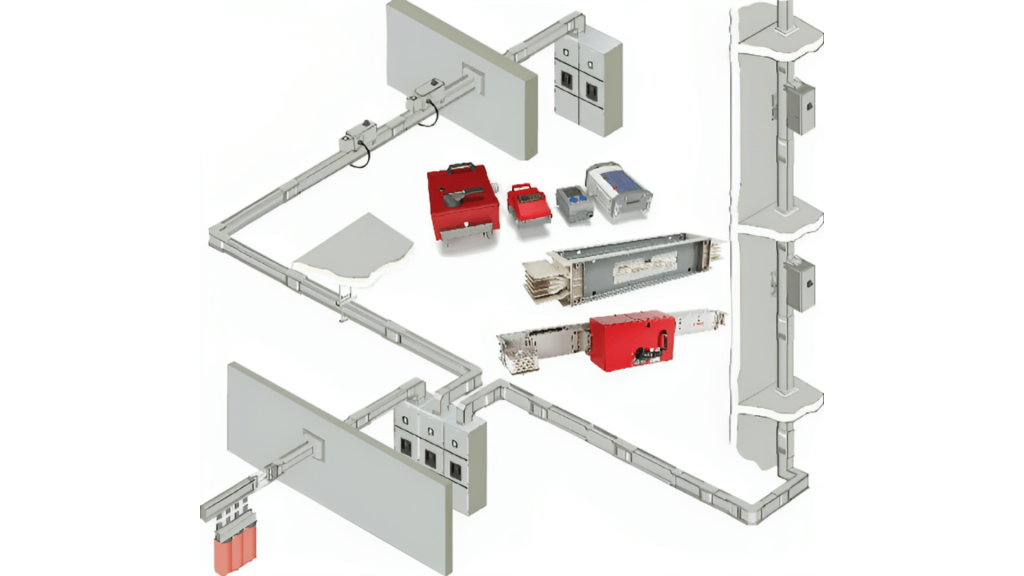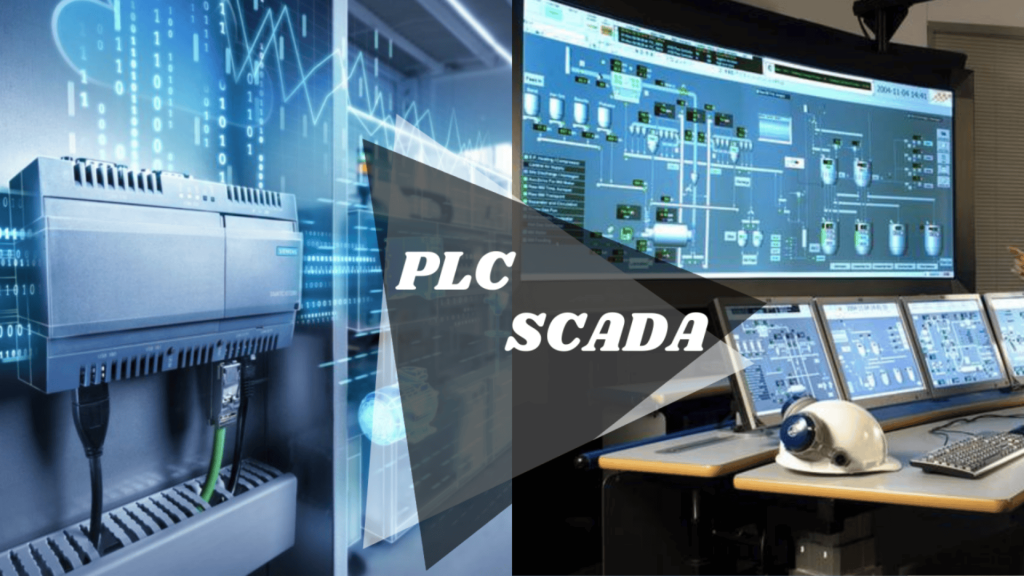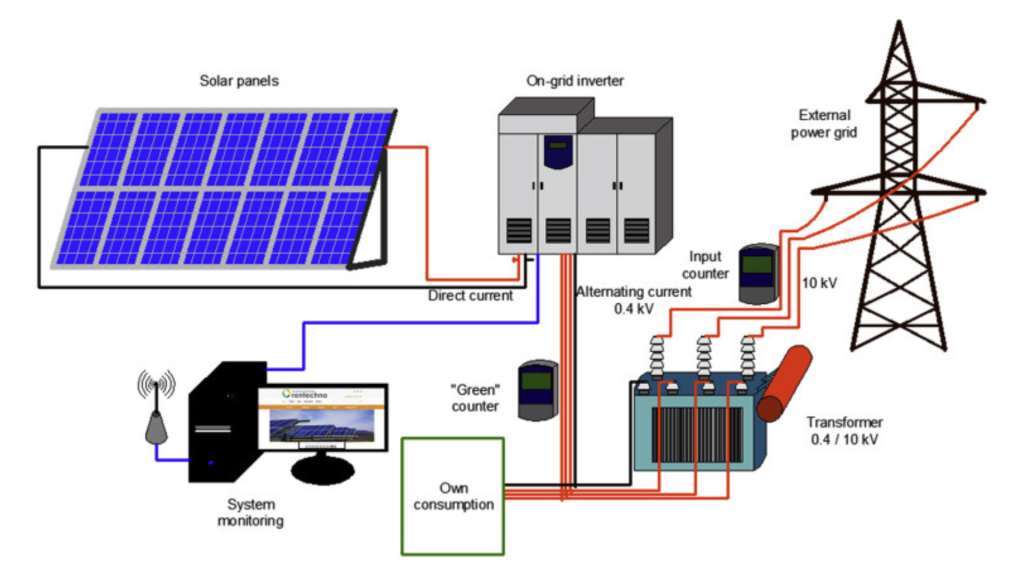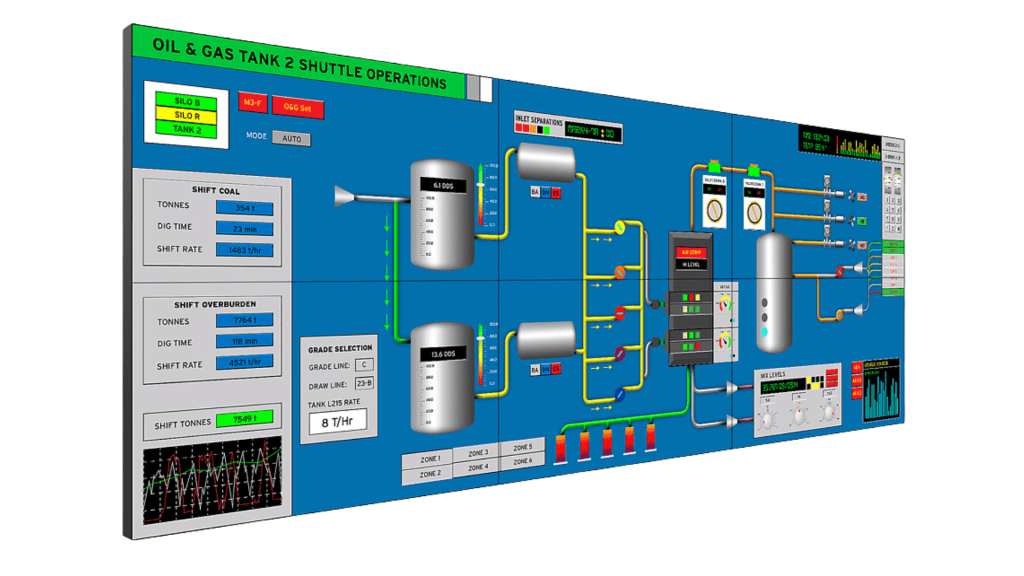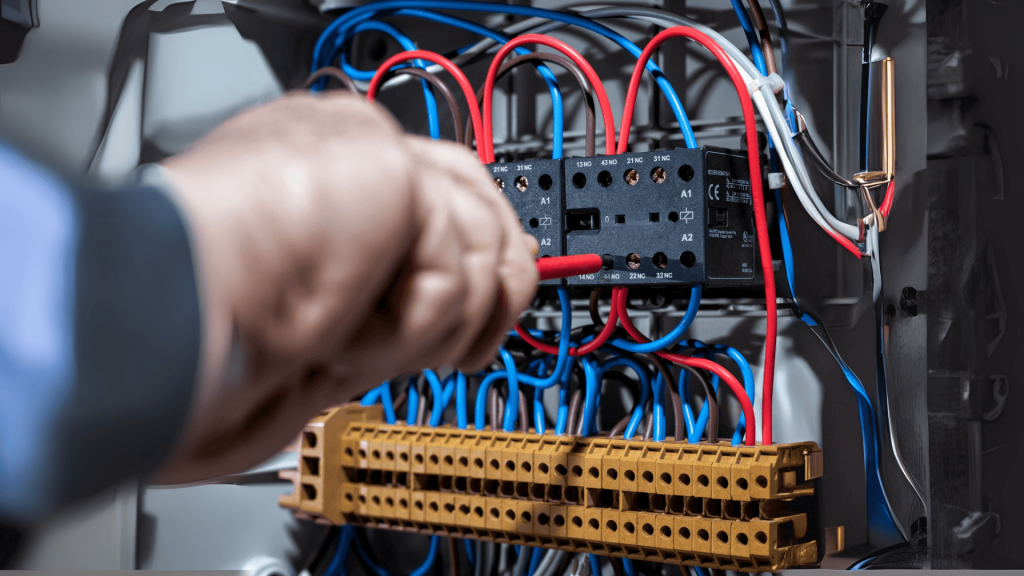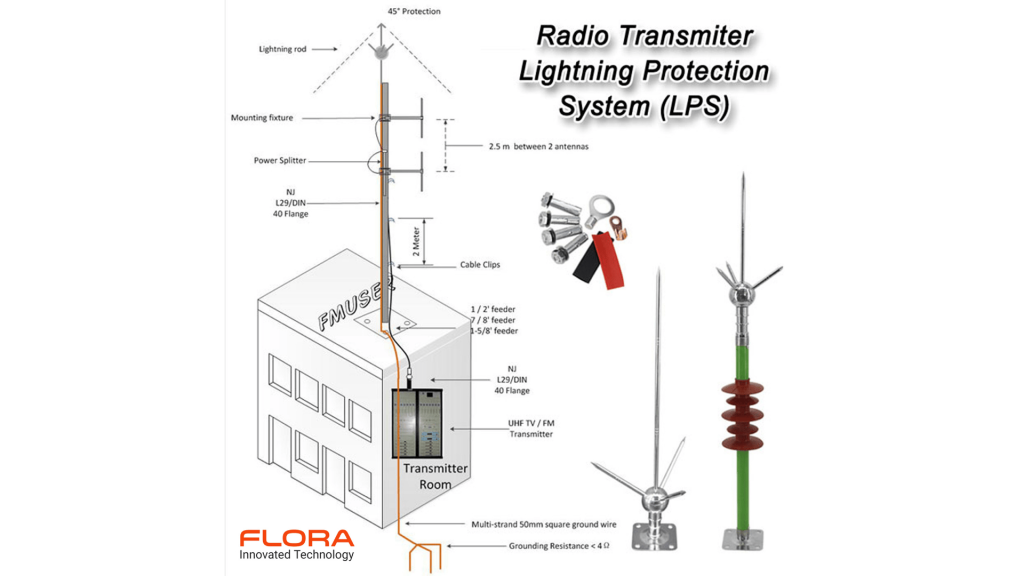Power Transmission and Distribution
Power transmission and distribution refer to the systems and infrastructure involved in the delivery of electricity from power plants to consumers. They are critical components of the electrical grid and are responsible for ensuring that electricity generated at power plants reaches homes, businesses, and industries efficiently and safely. Here’s a breakdown of both:
Electrical Sub-Station (Transformer, HT & LT Switchgear, PFI Plant)
An electrical substation is a crucial part of the electrical power system, where voltage is transformed and distributed to different parts of the grid. Substations can have different components depending on their function, and the configuration can vary from one substation to another. Typically, substations include transformers, switchgear (both High Tension (HT) and Low Tension (LT)), and in some cases, Power Factor Improvement (PFI) plants.
Let’s break down each of these elements:
Power Generation (Diesel & Gas Generator)
Power generation refers to the process of producing electrical energy from various energy sources. Diesel and gas generators are two of the most common types of power generation systems used for both backup and primary power supply, particularly in areas where the electrical grid is unavailable or unreliable.
Renewable Energy and Energy management
Renewable energy and energy management are two closely related concepts that play a crucial role in addressing the global energy demand while minimizing environmental impacts. Let's break them down:
Solar Project
A solar project involves the design, installation, and maintenance of solar energy systems to harness the power of the sun and convert it into electricity or heat. These projects can range from small residential installations to large-scale commercial and utility-based solar farms. Here's an overview of the key steps and considerations when working on a solar project:
Lift/Elevator
A lift (or elevator) is a type of vertical transportation system used to move people or goods between different floors of a building. Lifts are commonly used in residential, commercial, and industrial buildings to improve accessibility and efficiency. They are especially important in multi-story buildings where stairs would be impractical or inconvenient.
Bus Bar Tracking System (BBT)
A Bus Bar Tracking System (BBT) is a technology used in electrical power distribution systems to monitor, detect, and prevent issues related to busbars, which are critical components in the distribution of electrical power within a facility, substation, or industrial plant. A busbar is essentially a metal strip or bar (usually made of copper or aluminum) used to carry large amounts of current in electrical circuits. The Bus Bar Tracking System is designed to monitor the performance and health of busbars to avoid failures that could lead to system downtime, equipment damage, or even safety hazards.
PLC Automation & SCADA
PLC (Programmable Logic Controller) Automation and SCADA (Supervisory Control and Data Acquisition) are critical technologies in industrial automation and control systems. These systems work together to monitor, control, and automate various processes in industries such as manufacturing, power plants, water treatment facilities, oil and gas, and more. They enhance operational efficiency, safety, and real-time decision-making.
Electrification Designing & Implementation
Electrification Designing & Implementation refers to the process of planning, designing, and executing electrical systems for buildings, infrastructure, industries, or entire regions. It encompasses the entire lifecycle, from the initial design phase through to the construction, installation, and operational commissioning of electrical systems. The process ensures that the electrical needs of a project are met in an efficient, safe, and cost-effective manner.
Industrial / Process Automation
Industrial Automation and Process Automation refer to the use of control systems, such as Programmable Logic Controllers (PLCs), Distributed Control Systems (DCS), Human-Machine Interfaces (HMIs), and supervisory systems to control and monitor industrial processes, machinery, and operations in a manufacturing or industrial environment. The goal is to improve efficiency, safety, productivity, and reduce human intervention in processes. These systems are widely used across industries like manufacturing, oil & gas, chemical, food and beverage, automotive, and power generation.
Repair & Servicing
Repair & Servicing refers to the maintenance, troubleshooting, restoration, and optimization of electrical, mechanical, and electronic systems to ensure they operate efficiently and safely. This process is essential across industries to minimize downtime, extend equipment lifespan, and ensure compliance with safety and performance standards.
Lightning Protection System (LPS)
A Lightning Protection System (LPS) is designed to protect buildings, structures, and their contents from the destructive effects of lightning strikes. These systems prevent damage by safely directing the electrical energy from a lightning strike into the ground, thereby minimizing the risk of fire, electrical surges, or structural damage.



